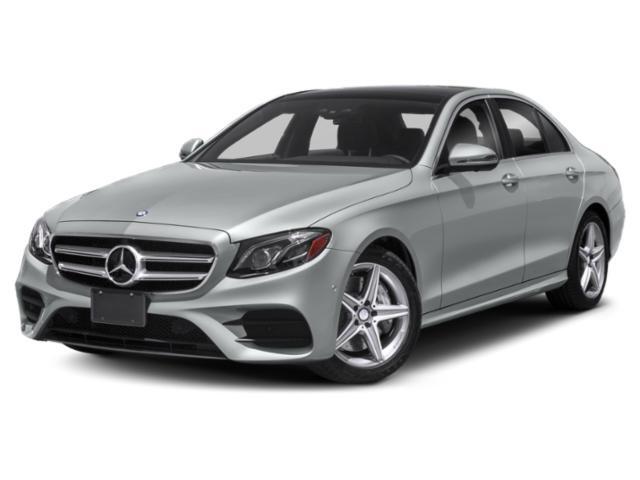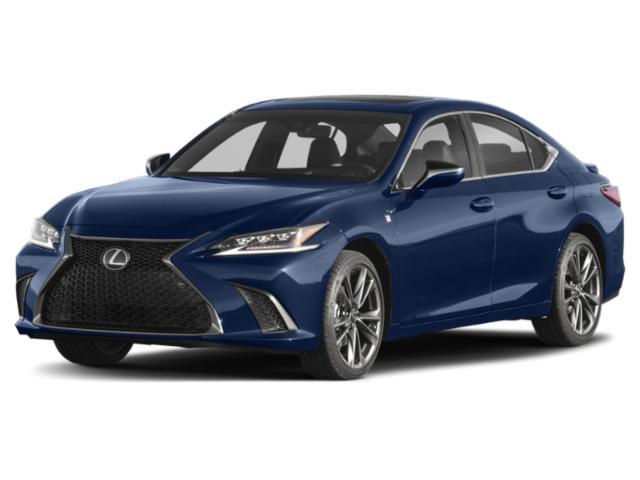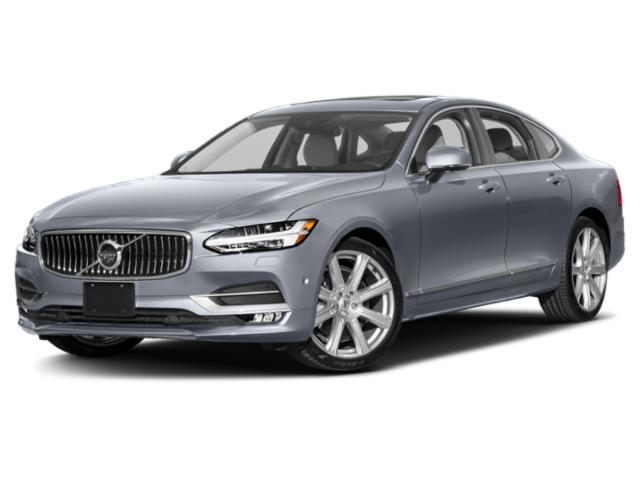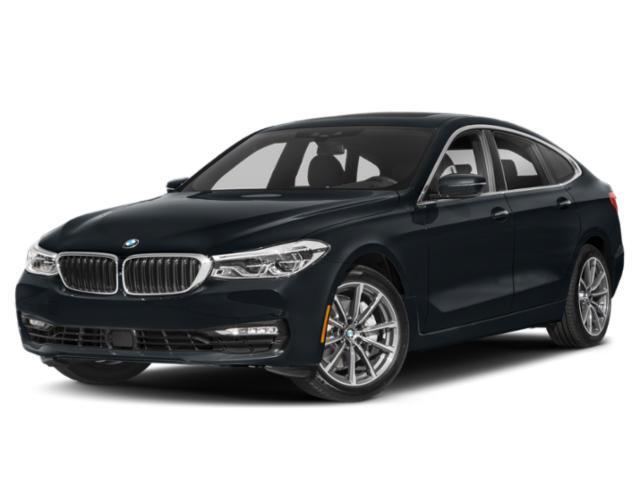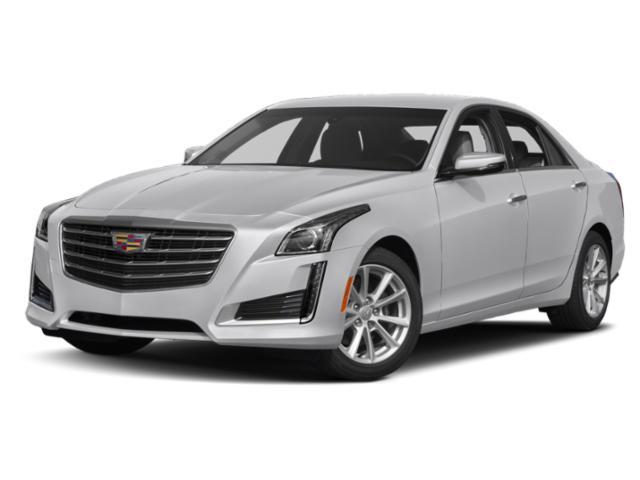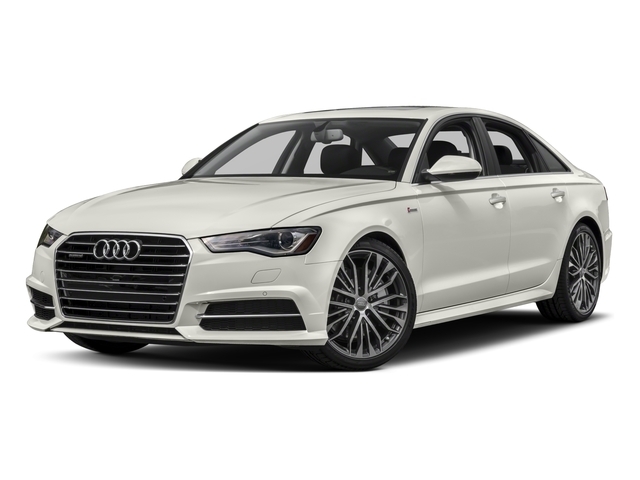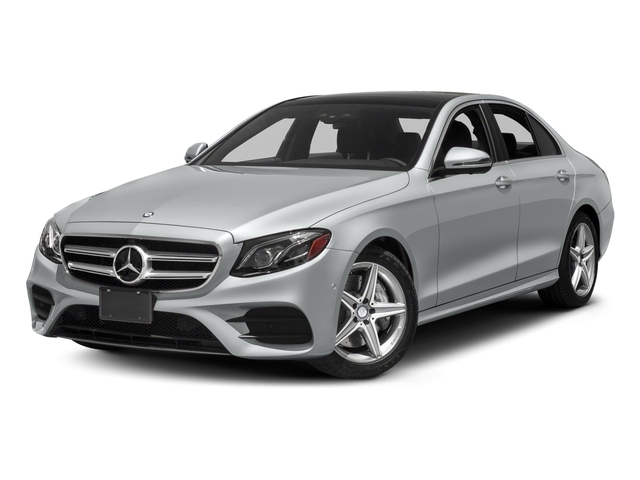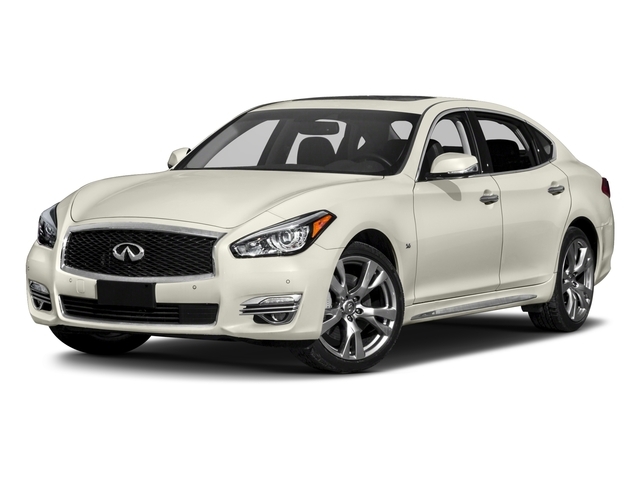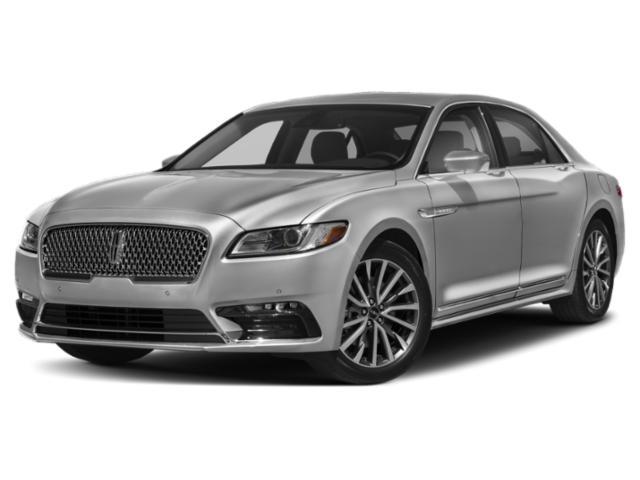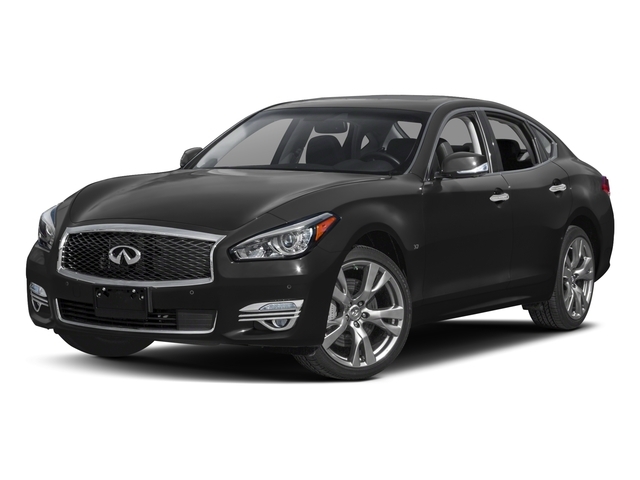
2019 BMW 5 Series

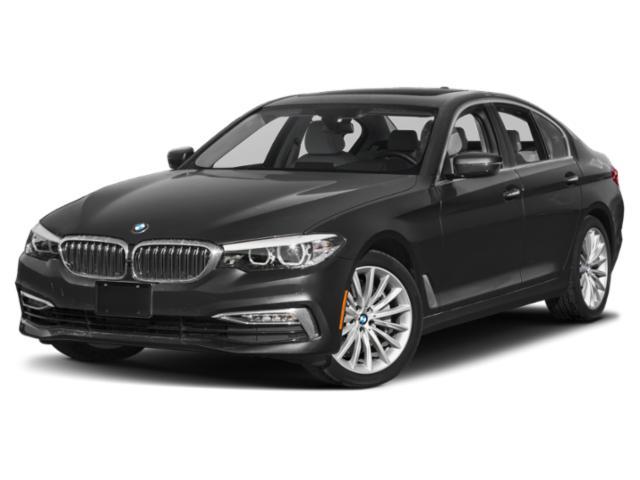
Key Specifications for 2019 BMW 5 Series






Buyer’s Guide
There are not many cars that announce you've made it like the BMW 5 Series. There are certainly larger, more expensive cars you could choose, but there are also many mid-size sedans that offer lots of comfort and convenience for half the 5 Series' starting price.
But those more affordable cars don't appeal to driving enthusiasts the way the 5 Series does. And, in our opinion, if you can afford a full-size model like the 7 Series, you're closer to the kind of car buyer who would rather be driven than drive the car themselves.
BMW redesigned the 5 Series in 2017; for this year, the biggest change is the elimination of the 540d diesel model. It's a victim of diesel's tainted reputation in the wake of the VW emissions scandal and the rising popularity of electrified powertrains.
Even without the diesel, there's a lot of variety under the 5 Series' hood. The 530i uses a 2.0L turbo four-cylinder with 248 hp and 258 lb-ft of torque; a 530e plug-in hybrid (PHEV) pairs the same engine with an electric motor, boosting total torque to more than 300 lb-ft and adding some electric-only driving range; the 540i uses a turbo 3.0L six-cylinder making 335 hp and 332 lb-ft; and the top of the range is the M550i with its 4.4L turbo V8 making 456 hp and 480 lb-ft. All engines are matched with an eight-speed automatic transmission and BMW's xDrive AWD system.
BMW also sells a high-performance M5 variant, which is covered in a separate buyer's guide entry.
The 5 Series' high visibility among luxury sedan buyers has prompted most upscale car brands to market a mid-size sedan model in a bid to ride BMW's coattails. However, few of them command the same kind of attention. BMW's key competitors are from other German brands. The Mercedes-Benz E-Class and Audi A6 are the other big names. Some of the segment's most underrated options are the Volvo S90, Cadillac's CT6 and the Genesis G80.
Among the 5 Series' standard features are auto-dimming side and rearview mirrors, a sunroof, LED fog lights, ambient lighting, heated front seats and heated leather-trimmed steering wheel, digital gauge cluster, adaptive headlights, forward collision warning with city-speed automatic braking, blind spot warning and rear cross traffic alert, adaptive cruise control, lane departure warning, front and rear parking sensors, Apple CarPlay, dual-zone automatic climate control, navigation, engine auto start/stop and tire pressure monitoring.
Options include an ambient air package that disperses fragrance into the cabin; massaging and ventilated front seats, heated rear seats, a leather dashboard treatment, LED headlights, M sport brakes, automatic high beams, a power trunklid, a $5,000 Bowers and Wilkins sound system, dynamic damper suspension, passive keyless entry, remote control parking and wireless smartphone charging. A Driving Assistant Plus package brings active cruise with stop and go, steering and lane control and lane keep assist, front cross traffic alert and evasion assist.
BMW's fuel consumption estimates are 10.2/7.2 L/100 km (city/highway) in the 530i; 11.2/8.1 for the 540i; and 13.3/9.2 in the M550i. The 530e's all-electric energy rating is 3.5 Le/100 km, and its gas-electric estimates are 8.8/7.7 L/100 km.
Review & Compare:
Photos

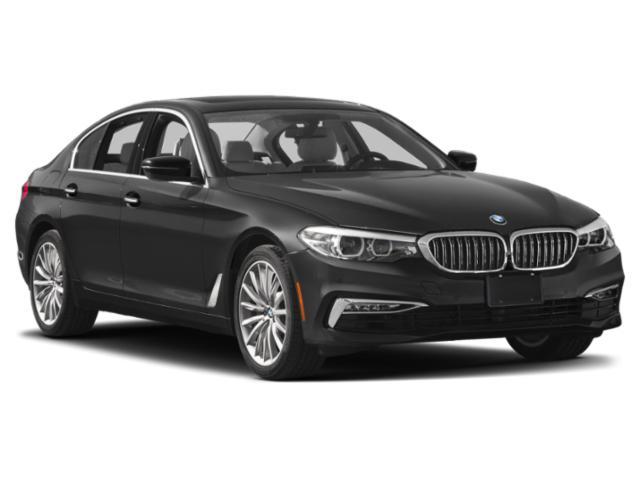
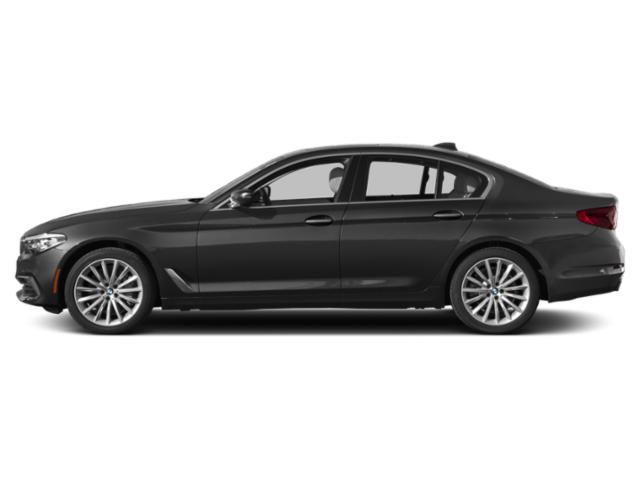
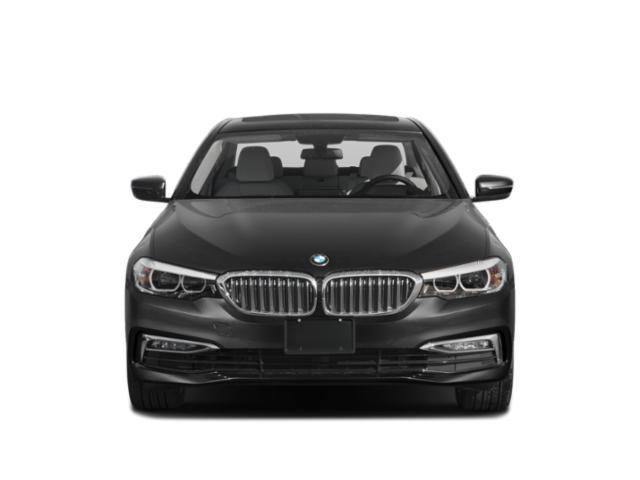
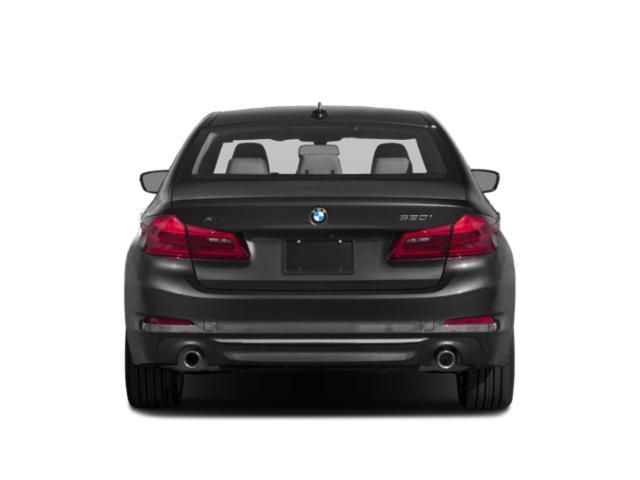
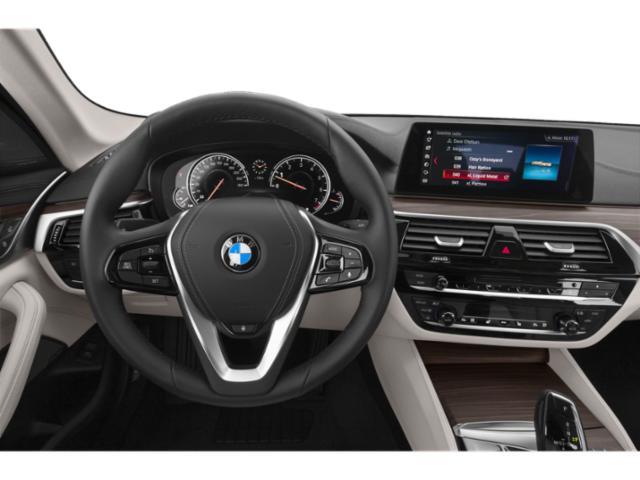
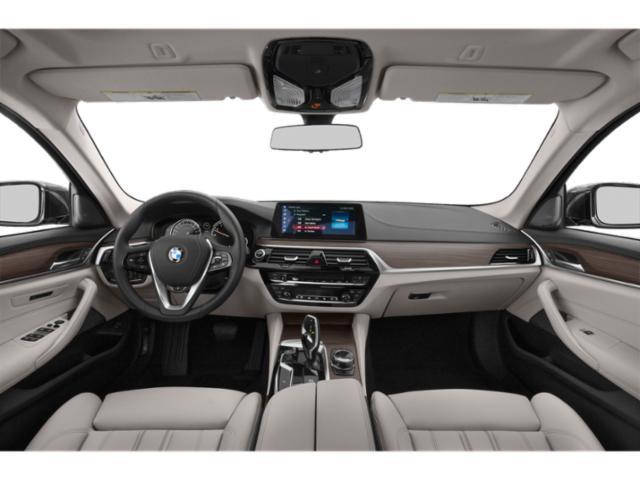
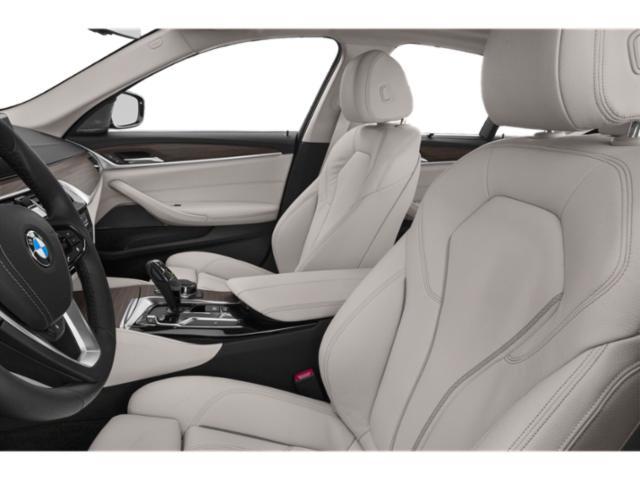
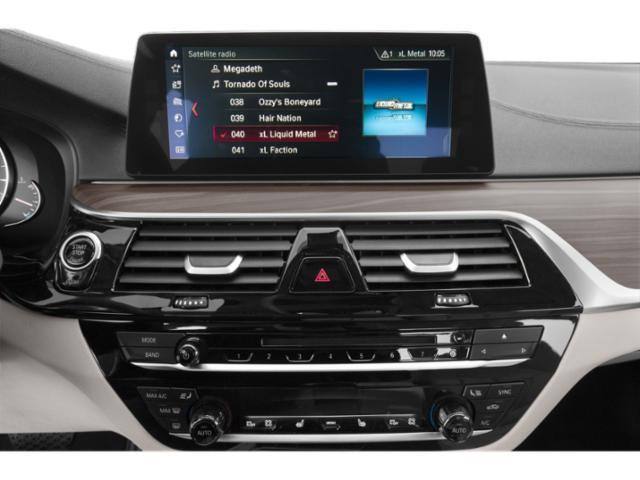
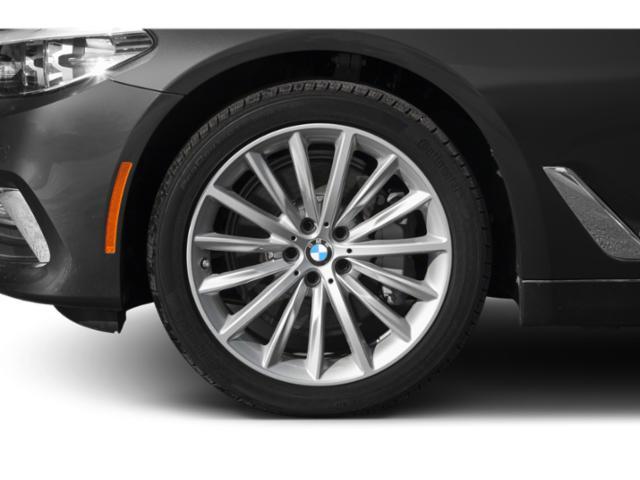
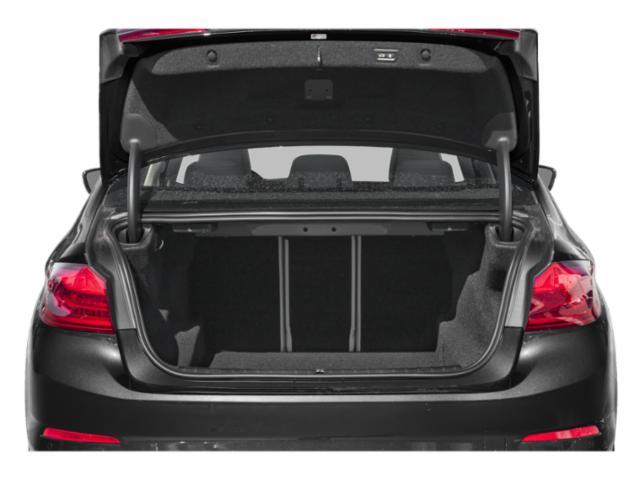
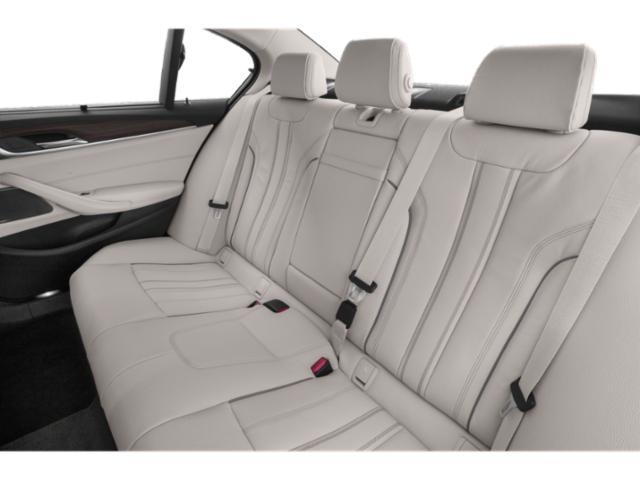

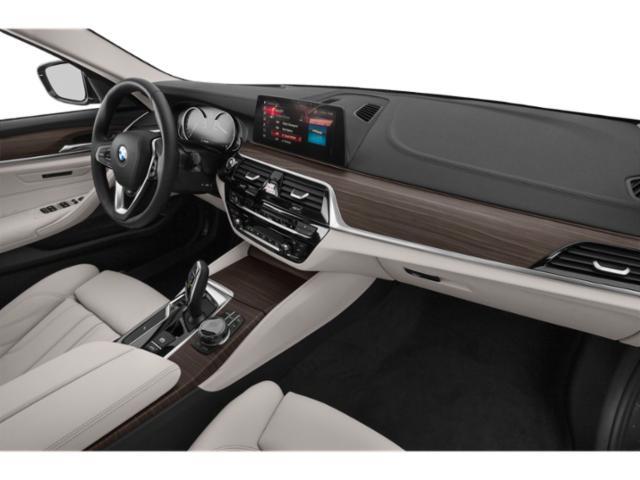
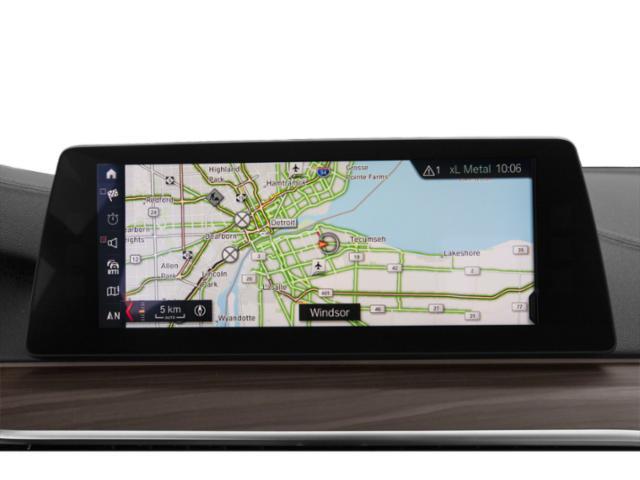
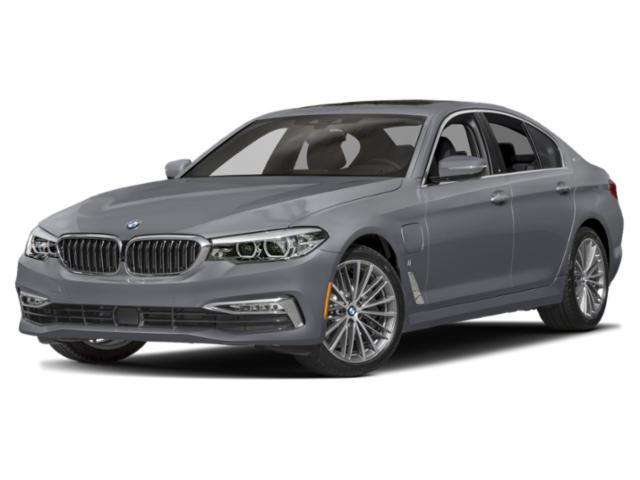
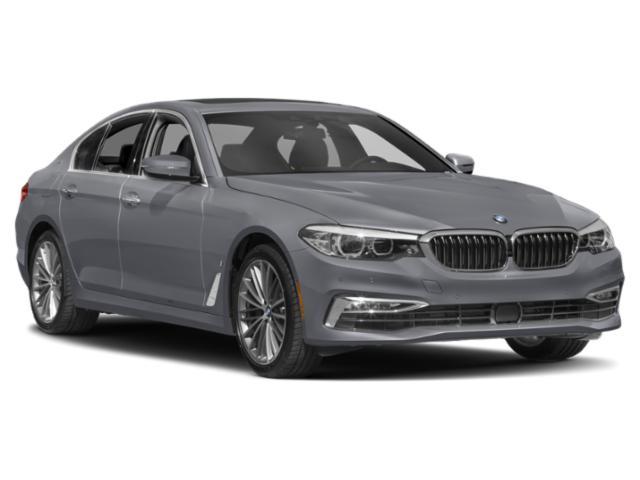

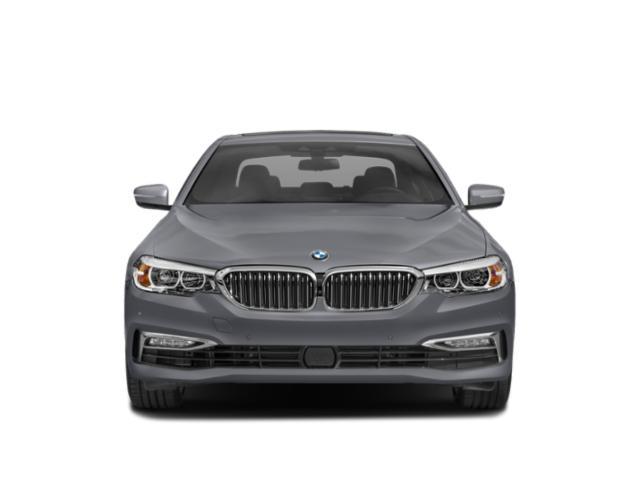
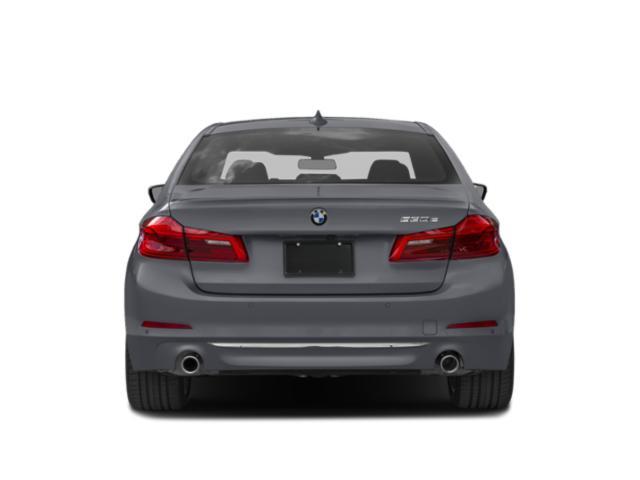

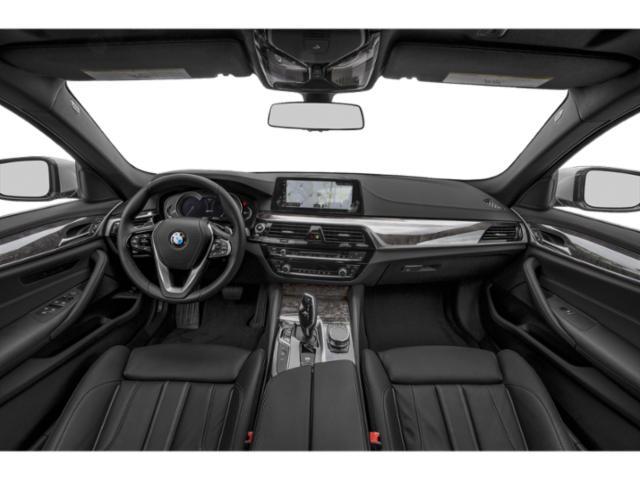
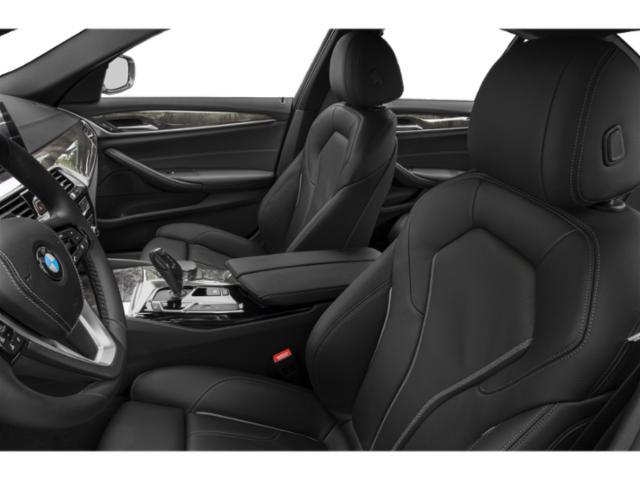
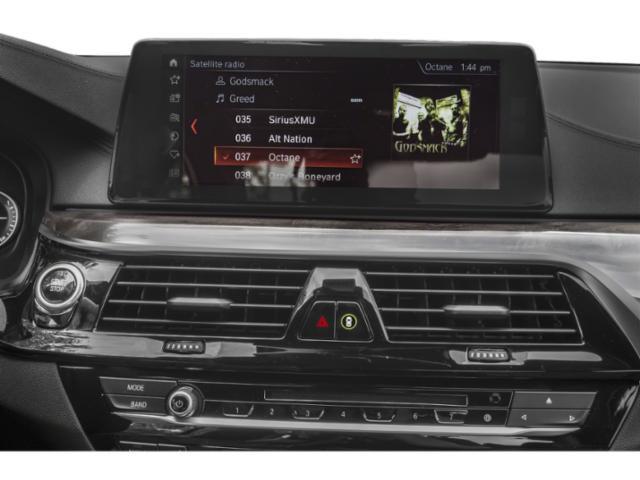
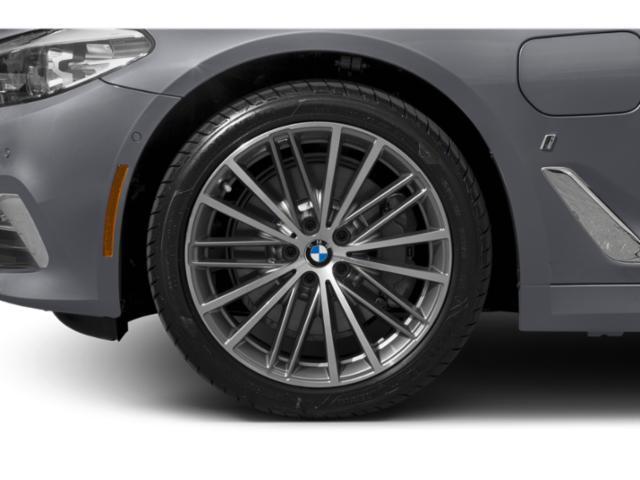
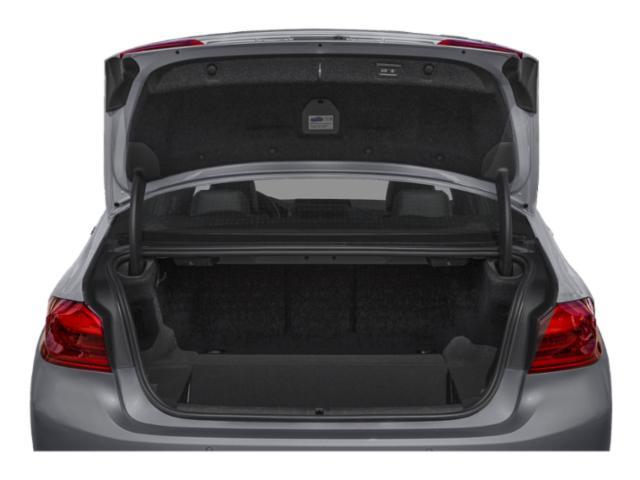
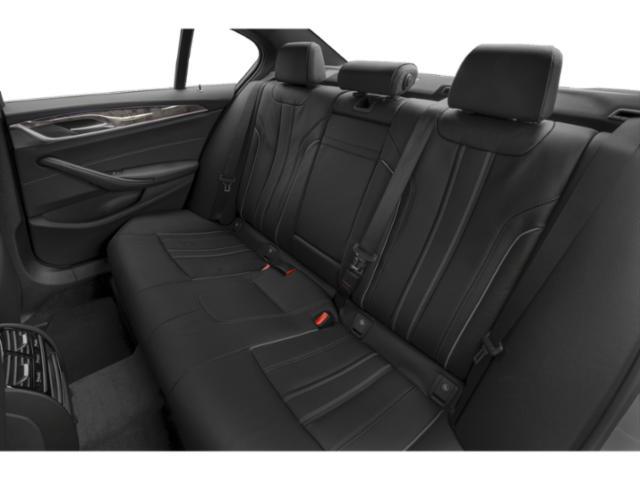
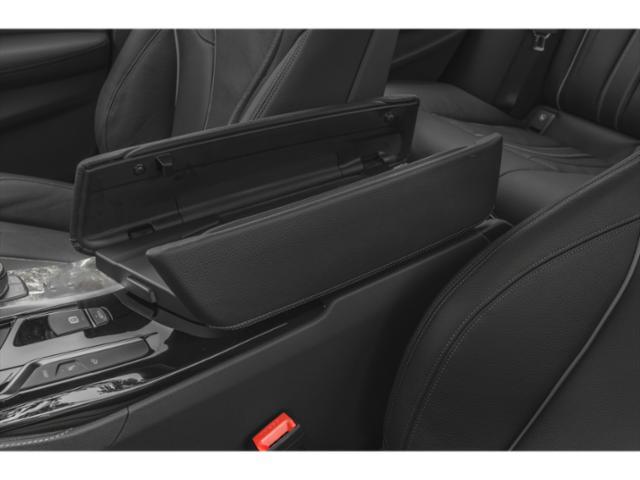
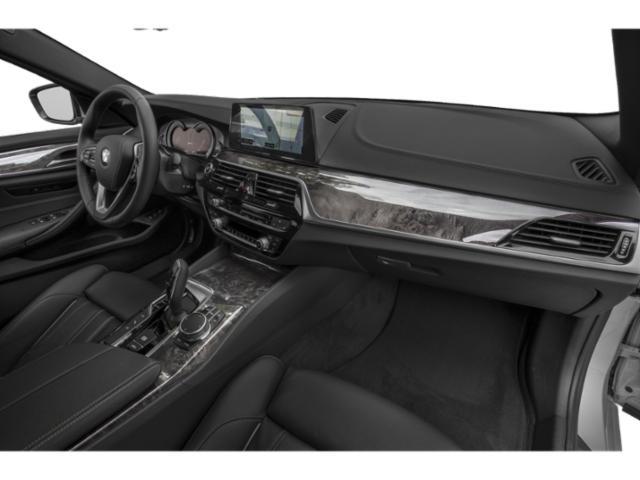
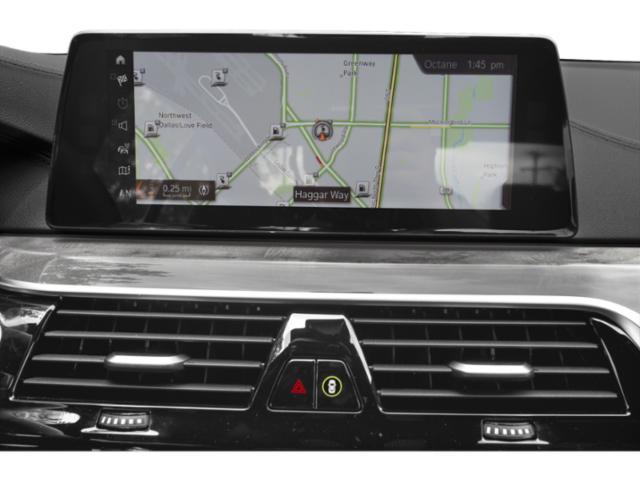

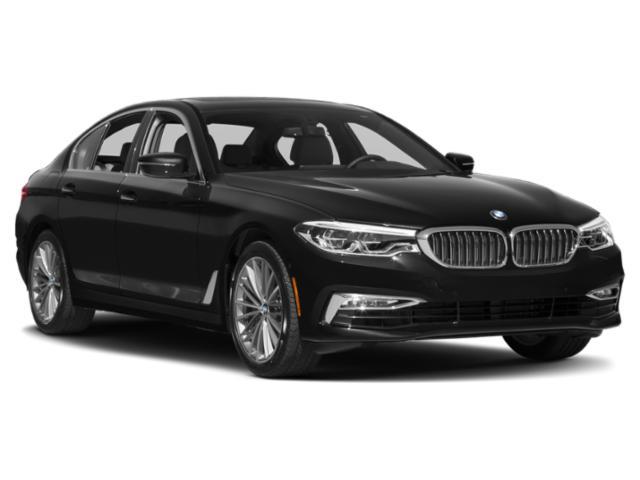
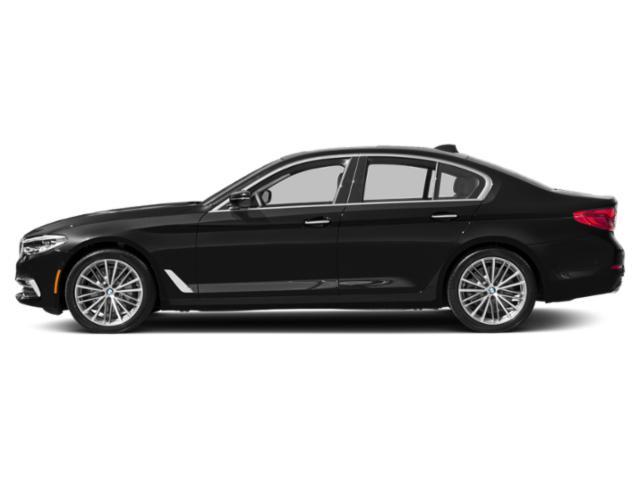

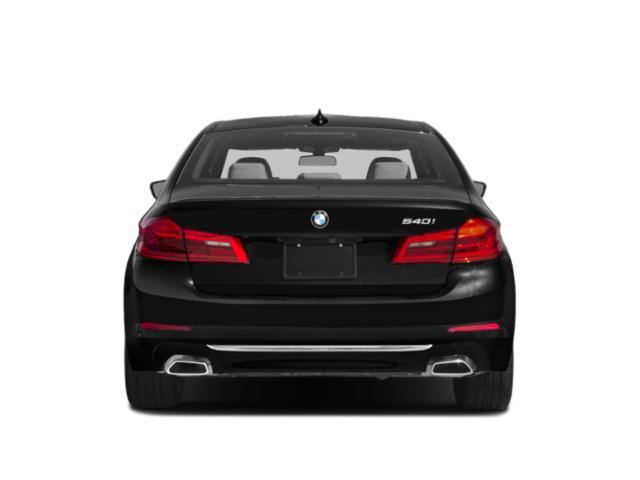
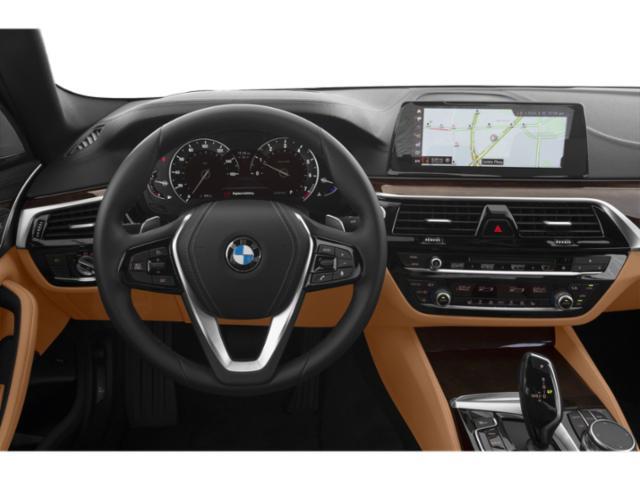

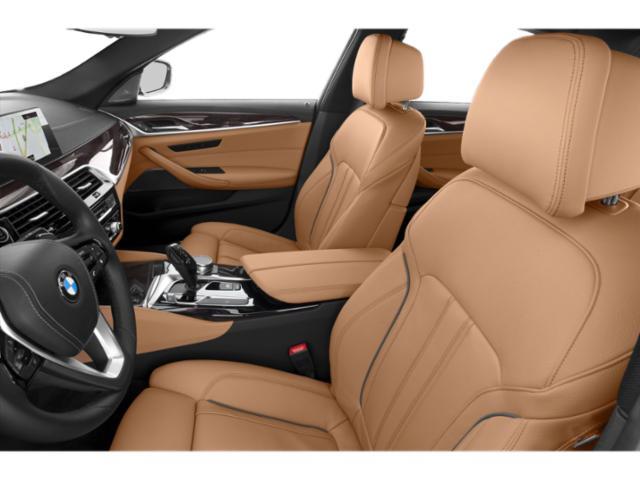
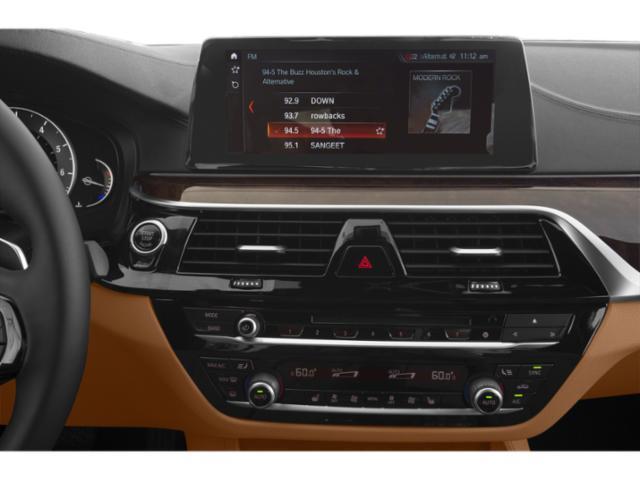
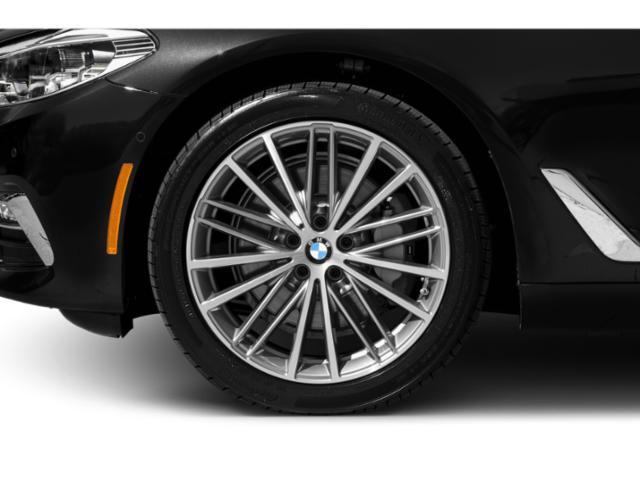
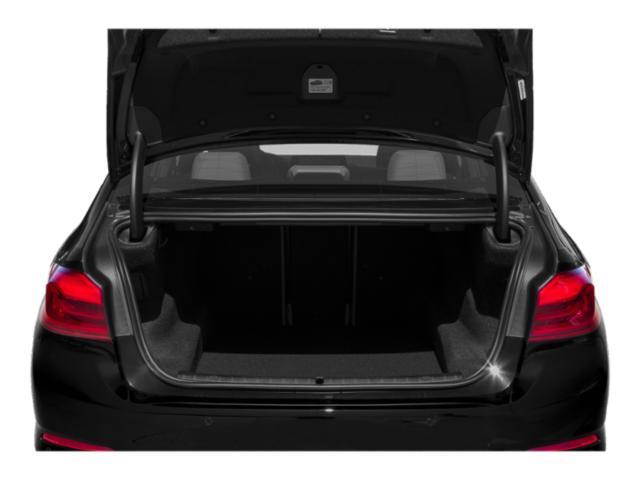
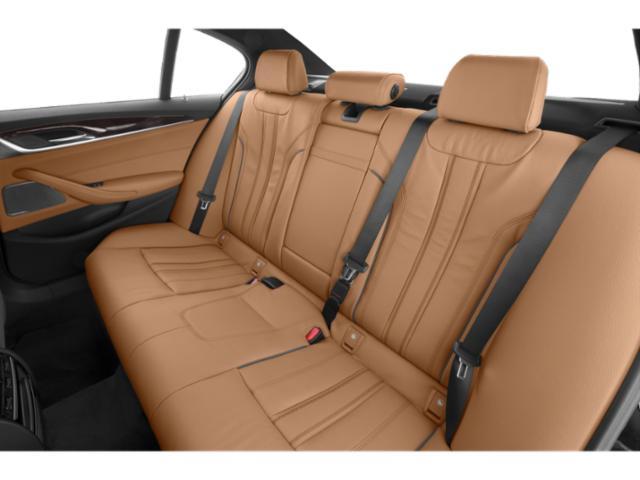
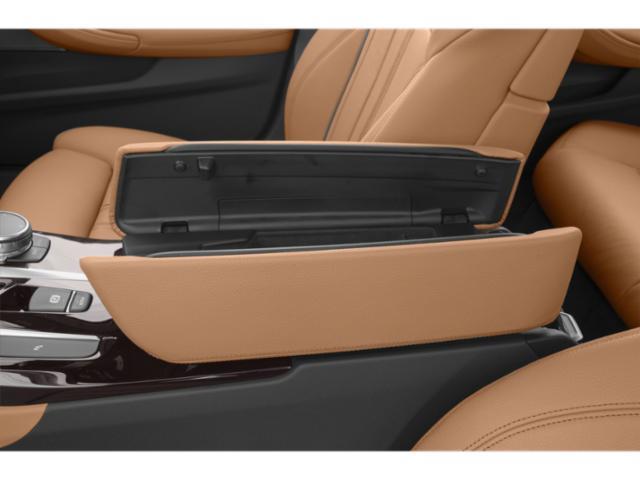
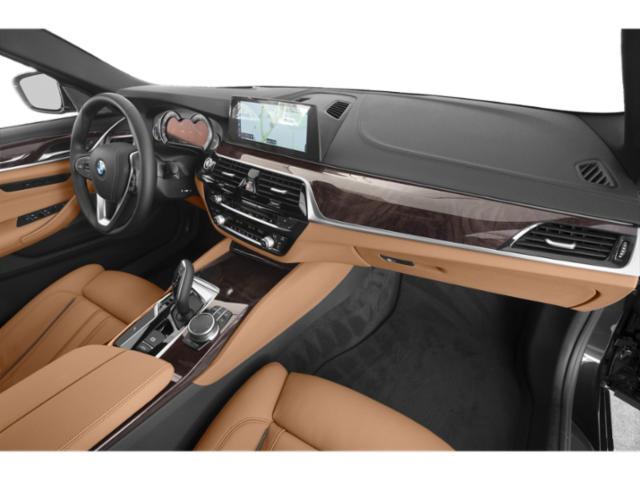
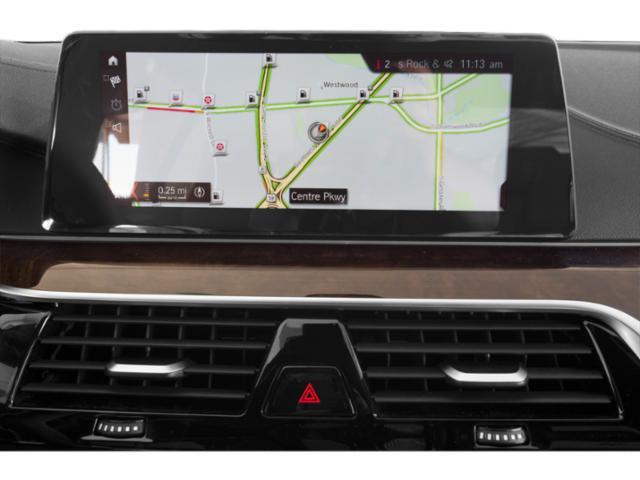
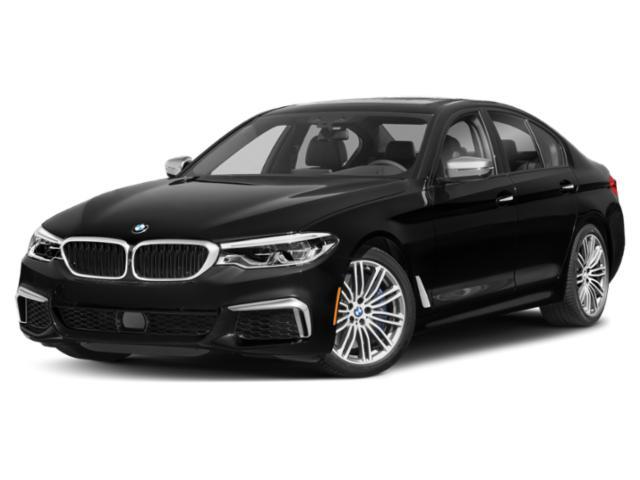

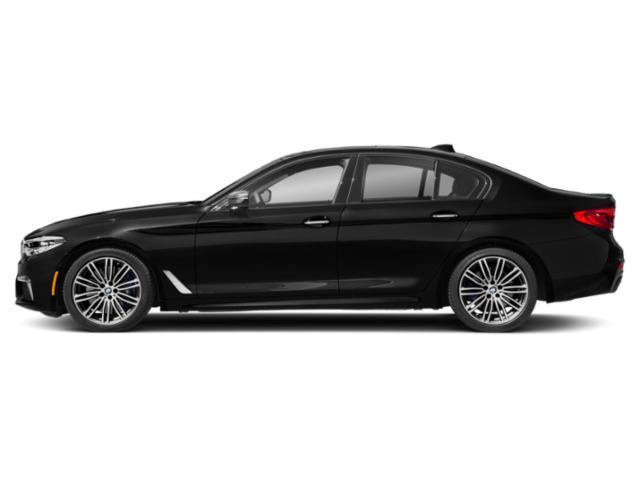
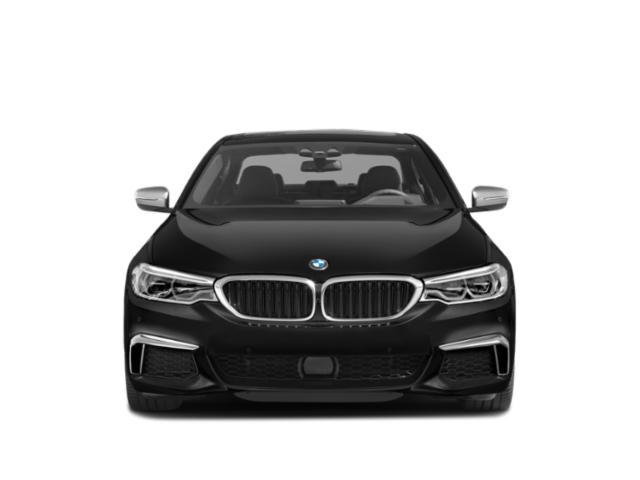

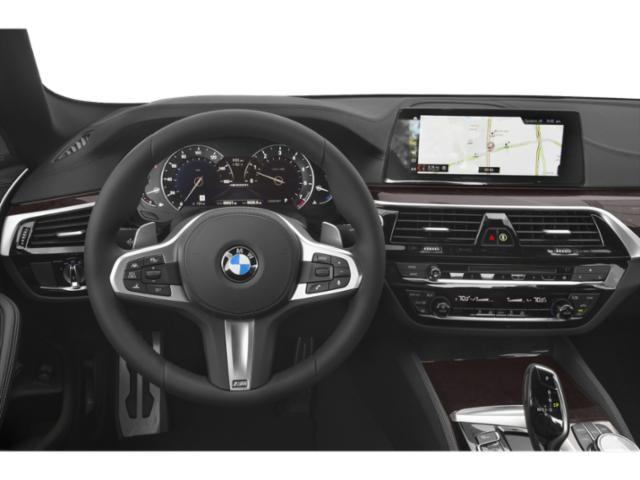
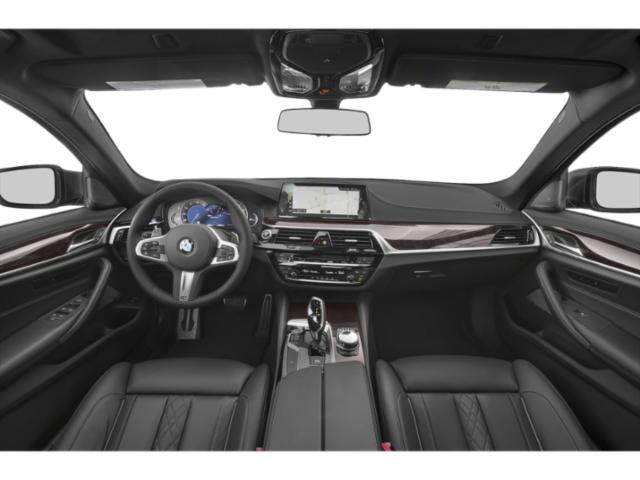
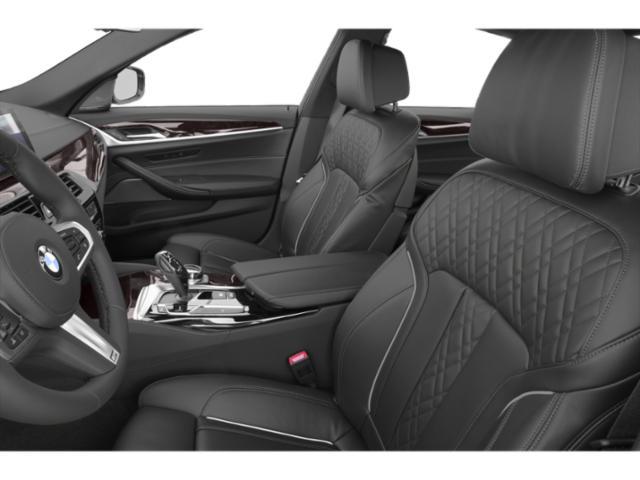

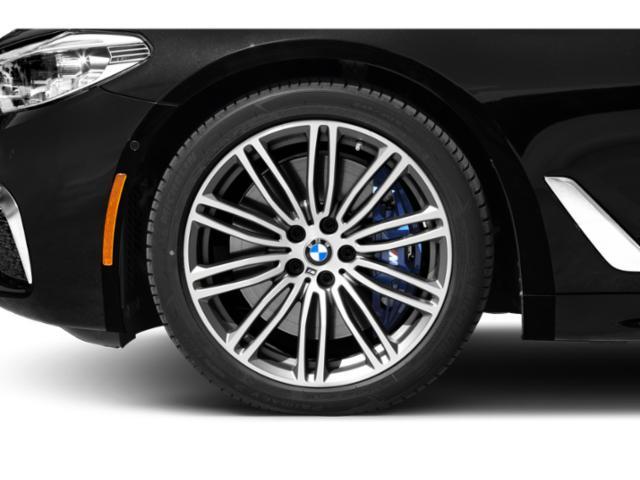

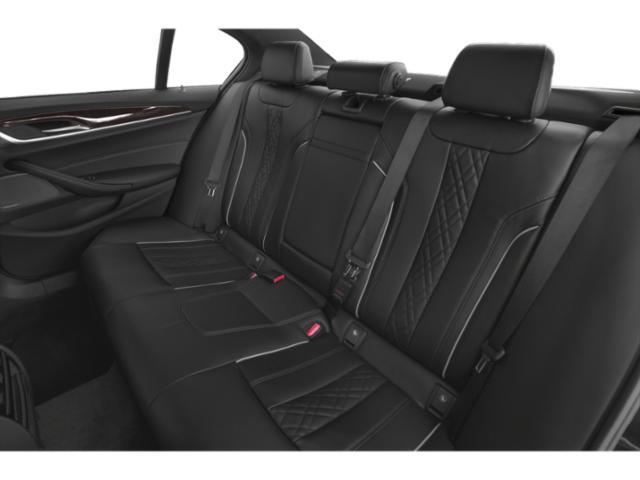
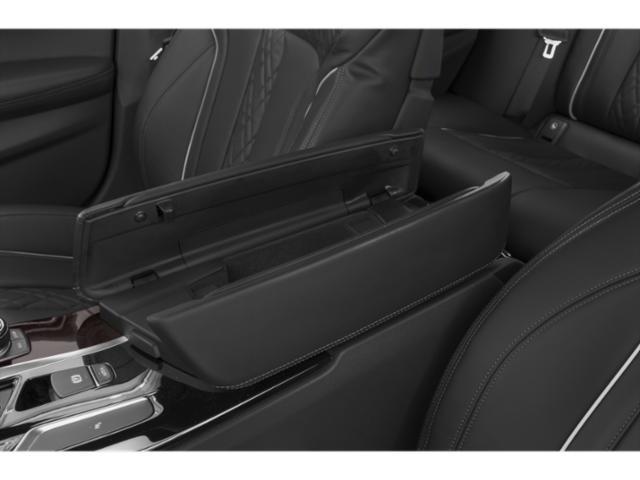
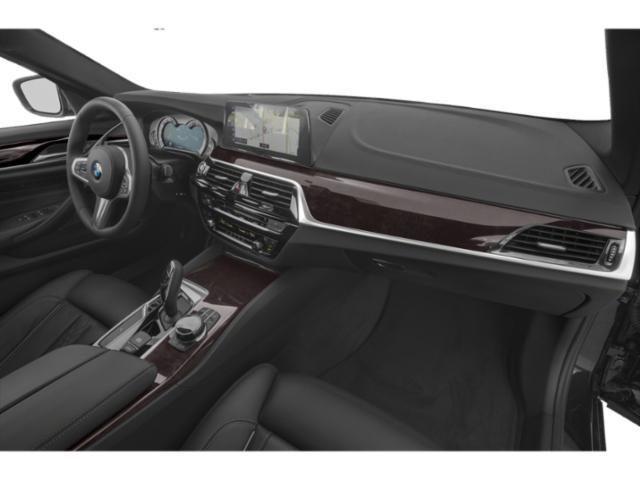
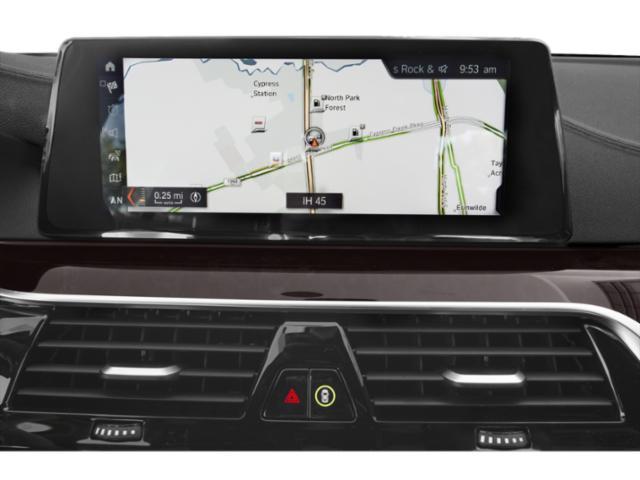




























































AutoTrader Review












